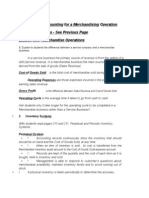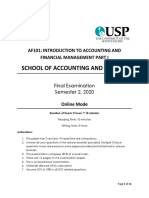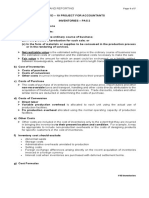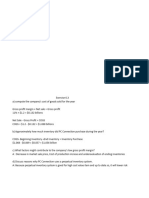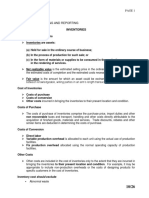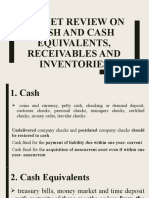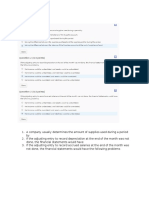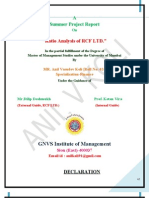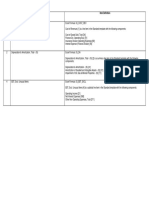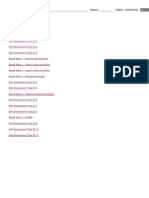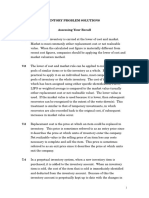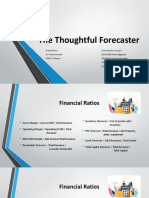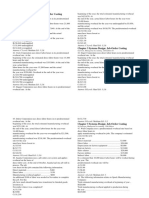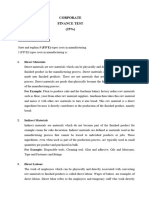0% found this document useful (0 votes)
37 views3 pagesACCT10002 Tutorial 4 In-Class Exercises - Solutions
The document provides solutions to tutorial exercises on profit measurement, inventory systems, and accounting entries for a merchandising business. Key points include the differences in profit measurement between merchandising and service businesses, factors affecting gross profit rates, and comparisons between perpetual and periodic inventory systems. Additionally, it outlines specific journal entries for transactions related to inventory purchases and sales, as well as inventory valuation methods like FIFO and average cost.
Uploaded by
d2701homeCopyright
© © All Rights Reserved
We take content rights seriously. If you suspect this is your content, claim it here.
Available Formats
Download as DOCX, PDF, TXT or read online on Scribd
0% found this document useful (0 votes)
37 views3 pagesACCT10002 Tutorial 4 In-Class Exercises - Solutions
The document provides solutions to tutorial exercises on profit measurement, inventory systems, and accounting entries for a merchandising business. Key points include the differences in profit measurement between merchandising and service businesses, factors affecting gross profit rates, and comparisons between perpetual and periodic inventory systems. Additionally, it outlines specific journal entries for transactions related to inventory purchases and sales, as well as inventory valuation methods like FIFO and average cost.
Uploaded by
d2701homeCopyright
© © All Rights Reserved
We take content rights seriously. If you suspect this is your content, claim it here.
Available Formats
Download as DOCX, PDF, TXT or read online on Scribd
/ 3



